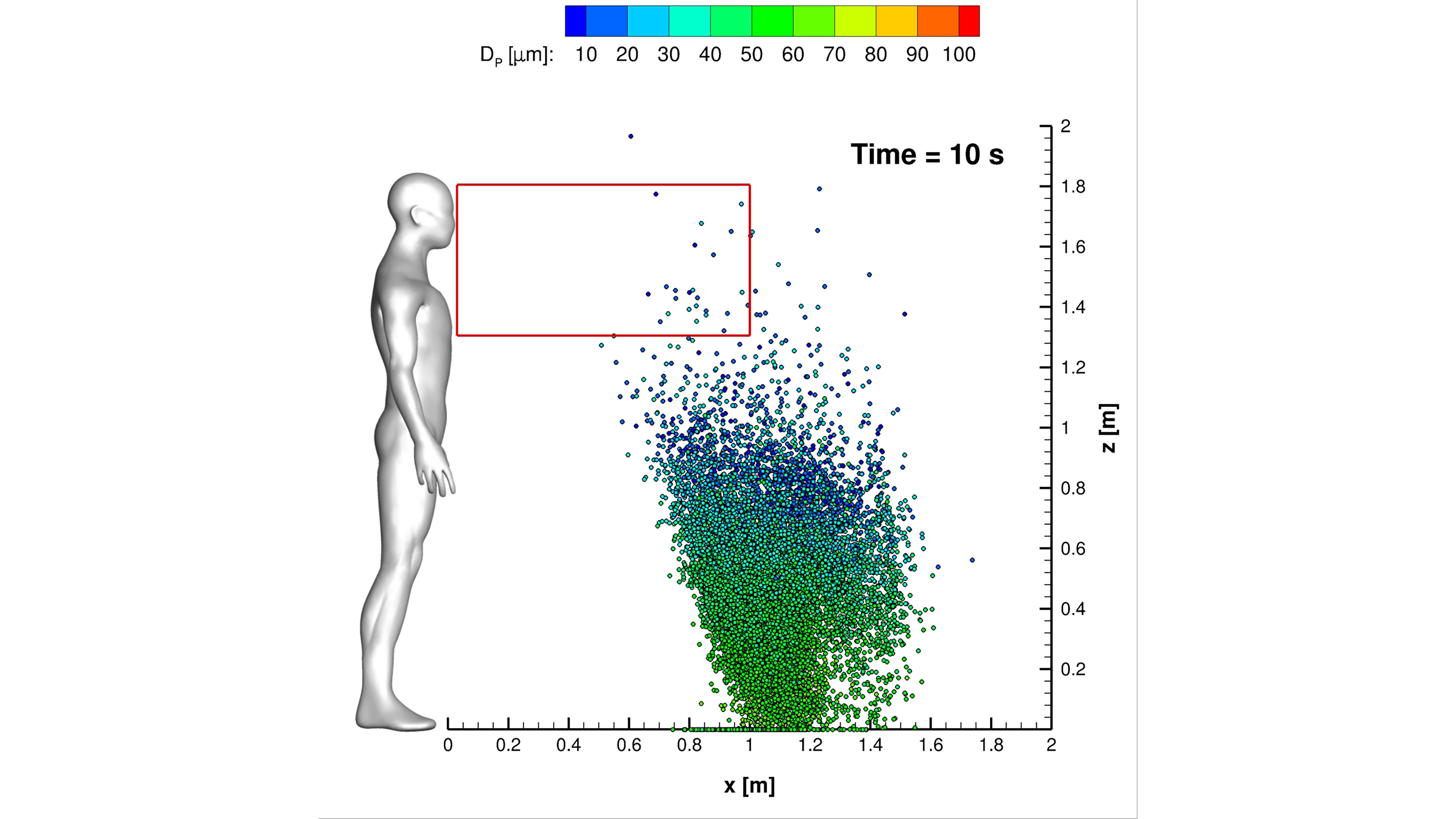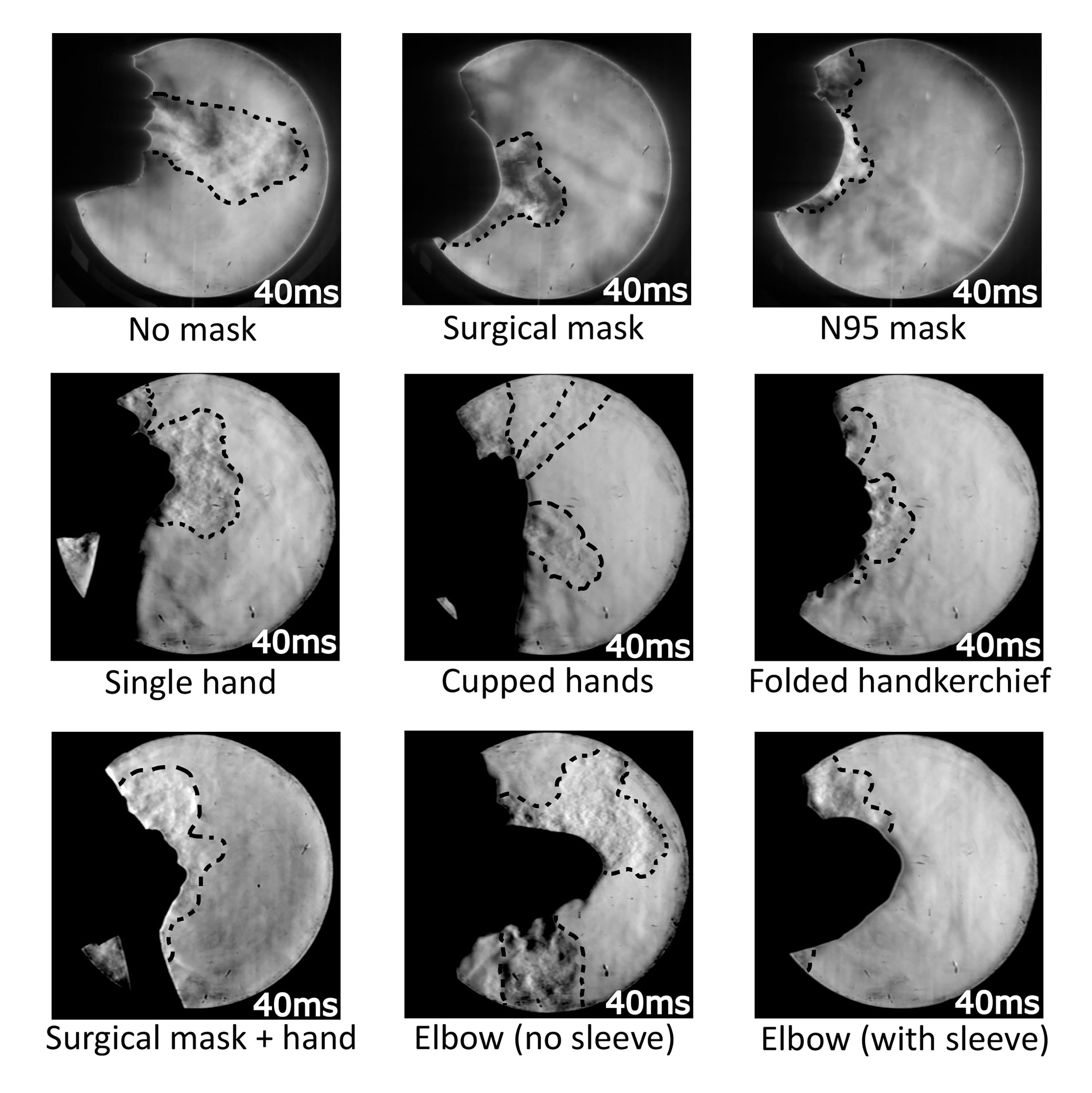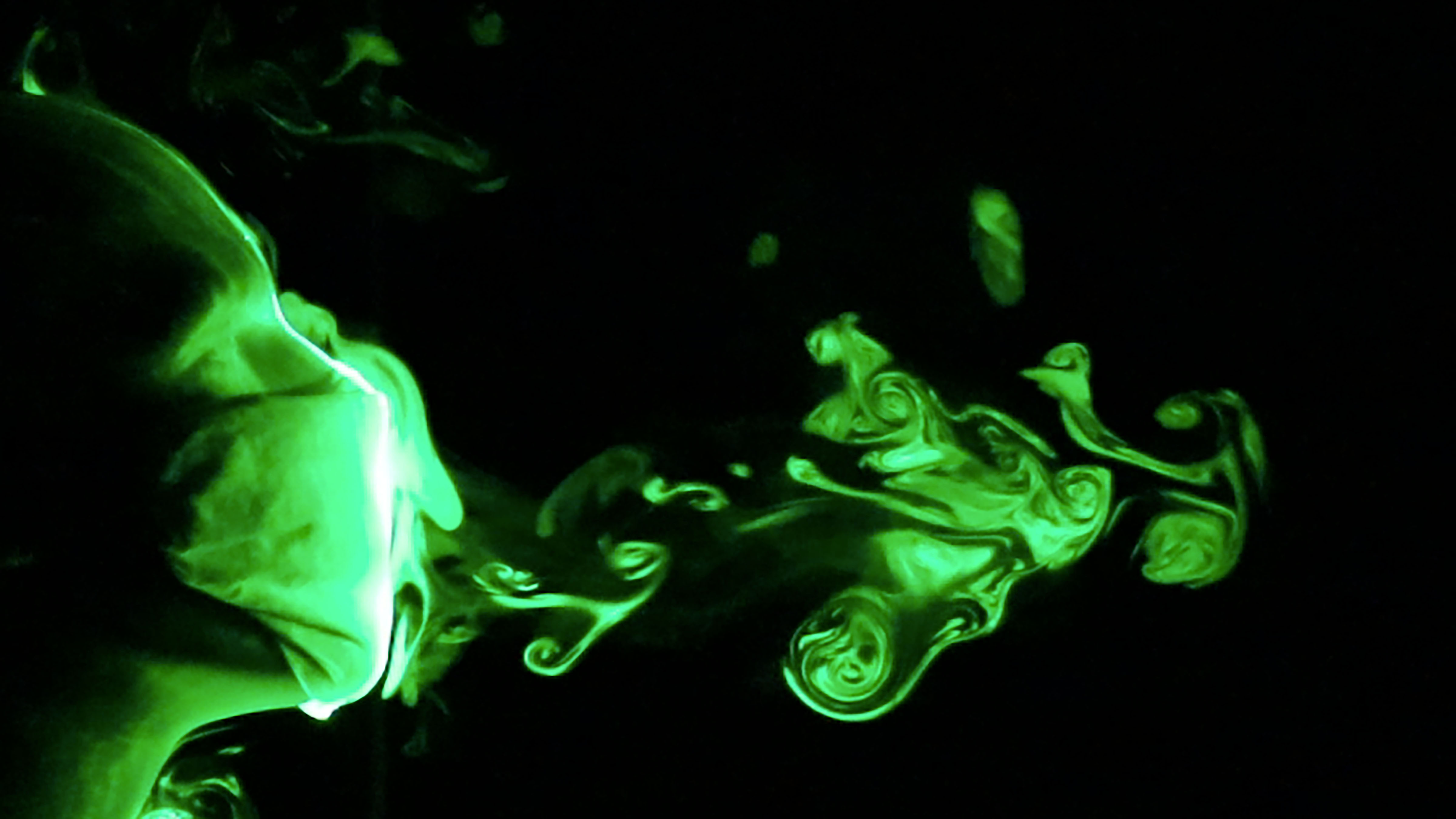Carol Nwelue, MD, at Baylor Scott & White Health, answers common patient questions and reacts to the latest medical research. COVID-19 has been around for three years now. What are some of the recent common symptoms we are seeing? (SOT@…
Tag: Cough
Long COVID patients and those with other illnesses experience similar, negative lingering effects during the pandemic
Long COVID patients can experience many of the same lingering negative effects on their physical, mental, and social well-being as those experienced by people who become ill with other, non-COVID illnesses.
Face Shape Influences Mask Fit, Suggests Problems with Double Masking Against COVID-19
In Physics of Fluids, researchers use principal component analysis along with fluid dynamics simulation models to show the crucial importance of proper fit for all types of masks and how face shape influences the most ideal fit. They modeled a moderate cough jet from a mouth of an adult male wearing a cloth mask over the nose and mouth with elastic bands wrapped around the ears and calculated the maximum volume flow rates through the front of mask and peripheral gaps at different material porosity levels.

Irradiating COVID-19 Cough Droplets with UV-C Lamps
The extreme confusion at the beginning of the pandemic inspired Marche Polytechnic University researchers, who happen to be intrigued by saliva droplet diffusion, to search for answers and ways to help. In Physics of Fluids, they describe using a supercomputer to do numerical modeling of cough droplets irradiated by UV-C light. They also report exploring the social distances required to prevent virus transmission.

In Survey of Those with Uncontrolled Asthma, Half Smoked Cannabis
A new survey in Annals of Allergy, Asthma and Immunology shows that of those who used cannabis, about half smoked it while a third vaped – both “inhalation routes” likely to affect one’s lungs.

COVID-19 Cough Clouds in Closed Spaces
As the pandemic continues, researchers have increasingly focused on the extent to which respiratory droplets carrying the coronavirus travel and contaminate the air after an infected person coughs. While scientists have studied the properties of air at the mouth, less is known about how these properties change as the cough cloud travels. In Physics of Fluids, researchers estimate the evolving volume of the cough cloud and quantify the reduction in its volume in the presence of a face mask.
COVID-19 may have been in L.A. as early as last December, UCLA-led study suggests
UCLA researchers and colleagues who analyzed electronic health records found that there was a significant increase in patients with coughs and acute respiratory failure at UCLA Health hospitals and clinics beginning in late December 2019, suggesting that COVID-19 may have been circulating in the area months before the first definitive cases in the U.S. were identified. This sudden spike in patients with these symptoms, which continued through February 2020, represents an unexpected 50% increase in such cases when compared with the same time period in each of the previous five years.

Effectiveness of Cloth Masks Depends on Type of Covering
Months into the COVID-19 pandemic, wearing a mask while out in public has become the recommended practice. However, many still question the effectiveness of this. To allay doubts, Padmanabha Prasanna Simha, from the Indian Space Research Organisation, and Prasanna Simha Mohan Rao, from the Sri Jayadeva Institute of Cardiovascular Sciences and Research, experimentally visualized the flow fields of coughs under various common mouth covering scenarios. They present their findings in the journal Physics of Fluids.

Face Mask Construction, Materials Matter for Containing Coughing, Sneezing Droplets
While the use of face masks in public has been widely recommended by health officials during the current COVID-19 pandemic, there are relatively few specific guidelines pertaining to mask materials and designs. A study in Physics of Fluids looks to better understand which types are best for controlling respiratory droplets that could contain viruses. The team experimented with different choices in material and design to determine how well face masks block droplets as they exit the mouth.